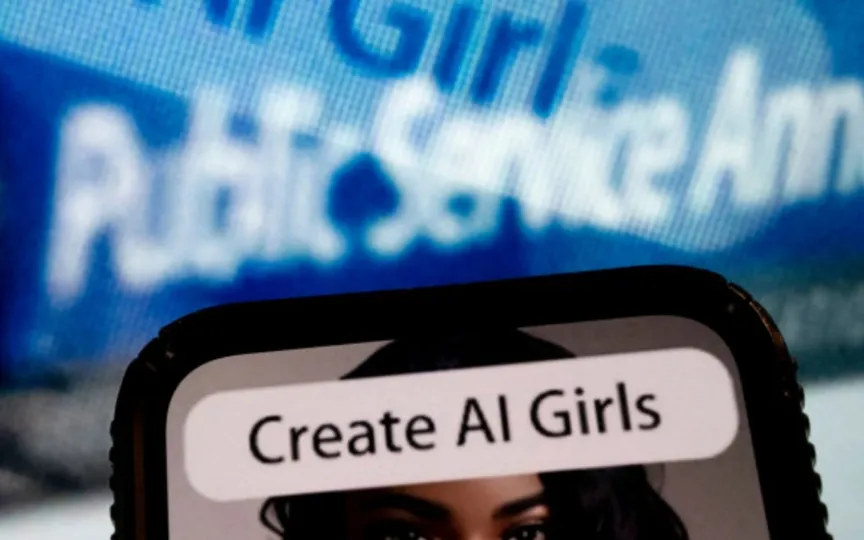Simple Guide To Identifying Deepfake, AI-Generated Videos Online
As AI-based content begins to take over Internet real estate, in-depth fake videos and other AI-powered disinformation campaigns are emerging. These AI-generated fake videos not only threaten authenticity, but also usher in a new era of misinformation—an era that many people may struggle to distinguish from reality.
Therefore, it is important that we recognize the importance of the situation and learn to adapt to this growing threat. In addition, deepfake images can be used to manipulate financial institutions and even make complex scams.
This article explores different ways that can help you identify deep fakes and AI-generated images to protect yourself from this threat.
Check for videos/images that convey important information or claims that can influence the masses
If you see a video of a popular politician discussing a new system on a platform like X, it’s your responsibility to check the video. Find the original sources where the video may have come from and check for any irregularities in the way it was presented. As a general rule of thumb, if something seems suspicious or too good to be true, it usually is. That’s why it’s in your best interest to practice good data hygiene and verify information before sharing or believing it today.
There may be inconsistencies and disturbances in images created by artificial intelligence
Despite the advances in artificial intelligence technology, it is still limited by the computing power needed to enable it. Deep fake videos and similar creations often contain irregularities such as missing video frames, problems with faces overlapping, and rendering glitches. Official announcements usually don’t seem lifeless or emotionless. So if something looks unnatural or lacks emotion, try to investigate further and determine the authenticity of the video or image.
Associate the voice with the entity they claim to represent
Let’s say you come across a video of Jeff Bezos showing off a new Amazon Alexa feature that seems unrealistic. In such cases, it is recommended to check the voice of the robot in the video and compare it with confirmed sources. If the voice sounds like a robot or a machine, it’s possible that the video was created by artificial intelligence.
Additionally, there have been numerous cases where product-driven companies have been negatively impacted simply because false images of alleged products were shared online. That’s why it’s important to take social media content with a grain of salt – or better yet – consume content from official sources.




